World gold prices have plummeted in recent sessions amid the changing world ahead of Donald Trump’s return to the White House. Russia’s changing priorities and America’s strength could continue to curb the precious metal’s rise.
Russia's shifting priorities - new factor affecting gold
The Middle East is changing rapidly. The region is entering a new phase, possibly with less conflict as Russia shifts its priorities and Donald Trump returns to the White House. The strength of the United States under Trump is clearly demonstrated before he officially takes office for a second term, which could have a strong impact on gold prices.
Gold fell about $80, or nearly 3%, from December 11 to 13, from $2,730 to $2,648 at the end of the week as the Middle East situation became clearer after the overthrow of President Bashar al-Assad's regime on December 8.
Fears of escalating conflict in the Middle East have eased rapidly, and are believed to have contributed to the decline in gold prices.
On December 11, Russia made a remarkable statement that it had “completed its mission in Syria” and this was considered a positive signal for the Middle East region. The Kremlin representative also said that Russia’s current priority is the conflict in Ukraine.
Thus, the Kremlin's signal was very clear. Mr. Assad's departure from Damascus to Russia on December 8, along with his wife and three children who had already gone, was the end of the family that had been in power for more than half a decade in Syria.
Previously, Russia was said to have not responded to Mr. Assad's call for military intervention when he visited Moscow on November 28.
With Russia's shift in priorities, investors are showing signs of reducing bets on gold's potential rise due to geopolitical factors.
After the fall of Bashar al-Assad, the situation in the Middle East has changed. Russia no longer maintains influence in Syria. The political and military “axis of resistance” between Iran and Syria at its center has been broken.
Moreover, with an overwhelmingly strong military potential of Israel, along with strong support from Mr. Trump, the weakening of Iran and armed groups backed by Tehran as well as Russia's signal of staying out... it is likely that the conflict in the Middle East will cool down. A major supporting factor for gold has weakened.
Gold prices also fell because persistent inflation affected expectations of a strong interest rate cut cycle by the US Federal Reserve (Fed).
The USD has increased sharply in the past few days. The DXY index increased from 105.9 points on December 12 to 105.95 at the end of the weekend session on December 13.
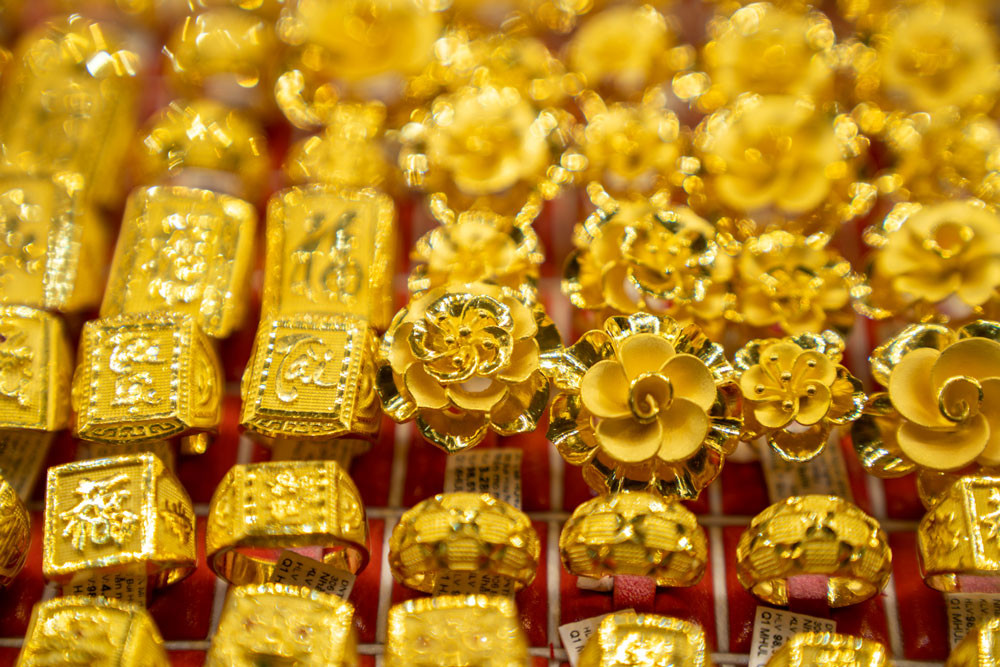
Will world gold continue to fall sharply? Where will SJC and plain rings go?
Gold prices have fallen sharply after signs of more stability in the Middle East, the Russia-Ukraine conflict may be coming to an end, and the US dollar and the US economy are still very strong.
Markets are awaiting policy signals from the Fed’s December 17-18 meeting. The agency is almost certain to cut interest rates by 0.25 percentage points. However, the key monetary policy signals for next year will be.
Currently, the figures show that the US economy is very positive. Mr. Trump also always wants to maintain the strength of the USD. If the Fed delays or slows down the rate of interest rate reduction next year, gold will be under more downward pressure.
However, precious metals still have many other supporting factors and may not fall deeply.
For now, the conflict in Ukraine continues to escalate, as both sides race to get ahead of Trump’s return to the White House on January 20.
The Middle East is also at risk of instability due to Türkiye’s concerns over the Kurds in Syria, while Israel is still trying to destroy Syria’s strategic military capabilities. Israel has not yet given a specific timetable for its withdrawal from Syria.
On December 12, US Secretary of State Antony Blinken said that this is "a promising but also dangerous time for Syria and its neighbors".
Gold prices could also move positively if the US, Israel and Türkiye lose control in dealing with terrorist threats from some groups in Syria, along with internal conflicts within the new government in Syria.
Another factor worth noting is China's return to buying gold. In November, the People's Bank of China (PBoC) unexpectedly bought 5 tons of gold, after a 6-month pause. In mid-November, after Mr. Trump won the election, the world gold price fell to its lowest level of 2,540 USD/ounce (about 79 million VND/tael) on November 14.
China and the BRICS countries are expected to continue to increase their gold purchases and reduce their USD reserves in the coming years. With signals from the PBoC, gold is likely to be bought strongly whenever it falls below the threshold of 2,600 USD/ounce (about 80.6 million VND/tael).
Domestically, SJC gold bars are being bought and sold at 83.8 million VND/tael and 86.3 million VND/tael. Gold rings are bought at around 83.5 million VND and sold at 84.6 million VND/tael.

Source: https://vietnamnet.vn/gia-vang-lao-doc-vi-suc-manh-my-uu-tien-cua-nga-sjc-nhan-tron-giam-toi-dau-2352376.html




![[Photo] Prime Minister Pham Minh Chinh chairs meeting on science and technology development](https://vphoto.vietnam.vn/thumb/1200x675/vietnam/resource/IMAGE/2025/5/17/ae80dd74c384439789b12013c738a045)

![[Photo] More than 17,000 candidates participate in the 2025 SPT Competency Assessment Test of Hanoi National University of Education](https://vphoto.vietnam.vn/thumb/1200x675/vietnam/resource/IMAGE/2025/5/17/e538d9a1636c407cbb211b314e6303fd)
![[Photo] Readers line up to visit the photo exhibition and receive a special publication commemorating the 135th birthday of President Ho Chi Minh at Nhan Dan Newspaper](https://vphoto.vietnam.vn/thumb/1200x675/vietnam/resource/IMAGE/2025/5/17/85b3197fc6bd43e6a9ee4db15101005b)
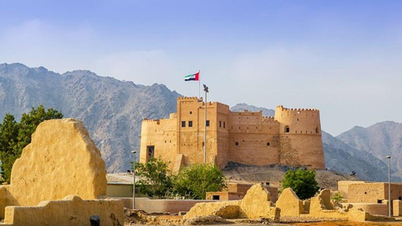




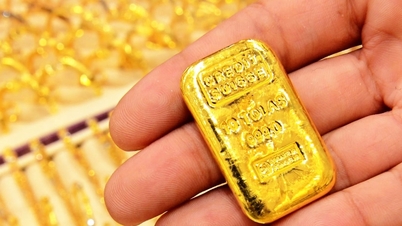

















![[Photo] Nearly 3,000 students moved by stories about soldiers](https://vphoto.vietnam.vn/thumb/1200x675/vietnam/resource/IMAGE/2025/5/17/21da57c8241e42438b423eaa37215e0e)
























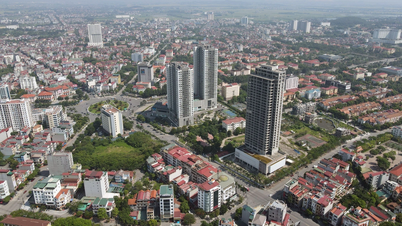





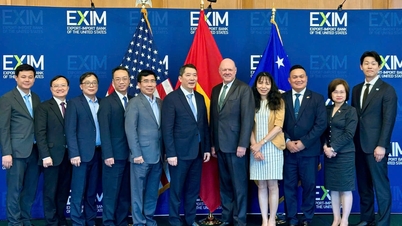







































Comment (0)